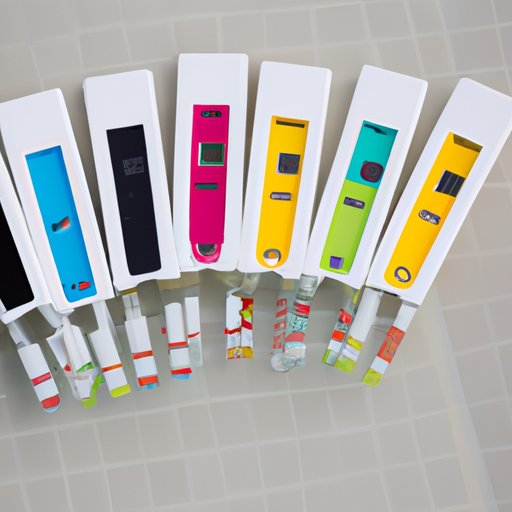
How Long After Shocking a Pool Can You Swim?
Having a swimming pool in your backyard is a great way to stay cool and have fun during the summer months. But keeping your pool clean and safe for swimming requires a lot of work and maintenance. One important factor to consider is how long to wait after shocking a pool before it’s safe to swim again. In this article, we’ll explore the science behind pool shock treatments, guidelines for recommended chlorine levels, testing for chemical balances, and tips for maintaining pool health and safety.
How Chlorine Works and Recommended Levels
Chlorine is a chemical used to kill bacteria and other contaminants in pools. It works by breaking down the cell walls of microorganisms and disinfecting the pool water. According to the World Health Organization (WHO) and other public health departments, the recommended chlorine level for swimming pools is between 1 and 3 parts per million (ppm). This level can vary depending on the size of your pool and the weather conditions in your area.
To test for chlorine levels, you can use test strips or digital meters. Dip the test strip into the water and wait a few seconds for the results to appear. Alternatively, use a digital meter to get an accurate reading of the chlorine levels. If the levels are too low, add more chlorine to the water according to the manufacturer’s instructions. Be careful not to add too much, which can be harmful to swimmers and damage the pool.
How Long It Takes to Shock a Pool
A pool shock treatment is a process used to kill bacteria and other contaminants that may be resistant to normal levels of chlorine. This can happen after a heavy rain, or if many people have been swimming in the pool over a short period. The shock treatment usually involves adding a large amount of chlorine to the water and allowing it to circulate for a period of time.
The time it takes to shock a pool can vary depending on the size of the pool and the severity of the issue. However, on average, it takes about 24 to 48 hours for the pool to be safe for swimming after a shock treatment. During this time, keep the pool covered to prevent debris from falling into the water and test the chlorine levels regularly.
The Importance of Testing Pool Water
Regular testing of pool water is crucial to maintaining a healthy and safe environment for swimmers. Aside from chlorine levels, it is essential to test the pH levels of the water and keep them balanced. The optimal pH level for a pool is between 7.4 and 7.6.
There are several different types of pool testing kits available, including test strips, digital meters, and drop solutions. Each testing method has its benefits and drawbacks. Test strips are affordable and easy to use, but the accuracy of the results may vary. Digital meters provide more accurate readings but can be more expensive and complicated to operate. Drop solutions are incredibly accurate but require specialized training in some cases.
The best testing kit for the average pool owner is a test strip. They offer a good balance of affordability and accuracy. Make sure to follow the manufacturer’s instructions carefully and test the water regularly.
Pre-Swimming Safety Guidelines
Before jumping into a pool, it is crucial to check the levels of chlorine, pH, and other chemical balances. Don’t rely on guesswork or your sense of smell – this can be unreliable and hazardous. Use a testing kit to make sure the water is safe for swimming. If the water is too low or too high in any of the chemical balances, adjust it accordingly.
As for how long after a shock treatment, it’s safe to swim, the general recommendation is to wait at least 24 hours. After this time, test the chlorine levels again and make sure they are at safe levels. In some cases, the chlorine levels may still be too high, and it is necessary to wait longer before swimming.
Best Practices for Maintaining Pool Health
Proper pool maintenance is crucial for preventing the buildup of algae, bacteria, and other contaminants. Some essential steps to take to keep your pool clean and safe include skimming the surface of the water regularly, vacuuming the bottom of the pool, and cleaning the pool walls and tiles.
Invest in a good quality pool cover to keep debris out when the pool is not in use, and regularly check and maintain the pool’s filtration systems. Be sure to follow the manufacturer’s instructions for using any chemical treatments, and test the pool water regularly to ensure the chemical levels stay in the recommended range.
Specific Situations and Scenarios
What do you do if your pool water is too high in chlorine levels? The best solution is to add more water to the pool to dilute the chlorine. Alternatively, you can wait a few days for the chlorine levels to naturally dissipate. Avoid using the pool until the levels are back to safe standards.
Conclusion
In conclusion, it’s crucial to know how long to wait after shocking your pool to keep everyone safe and healthy. Always test the chemical balances regularly and adjust them as needed. Following these best practices will help you maintain a clean and safe swimming pool for years to come.




